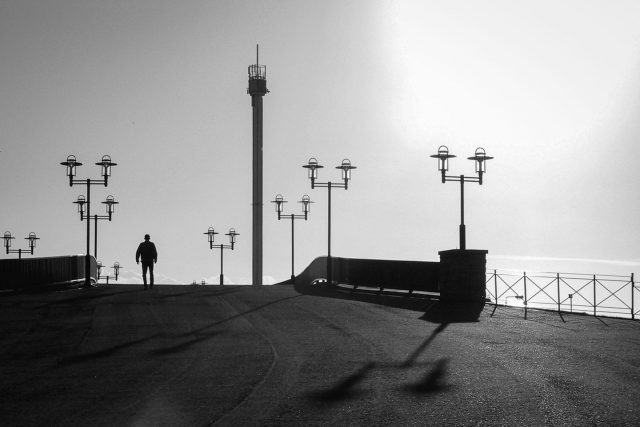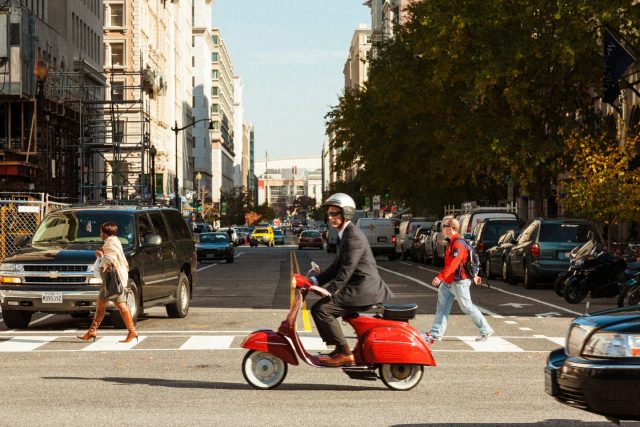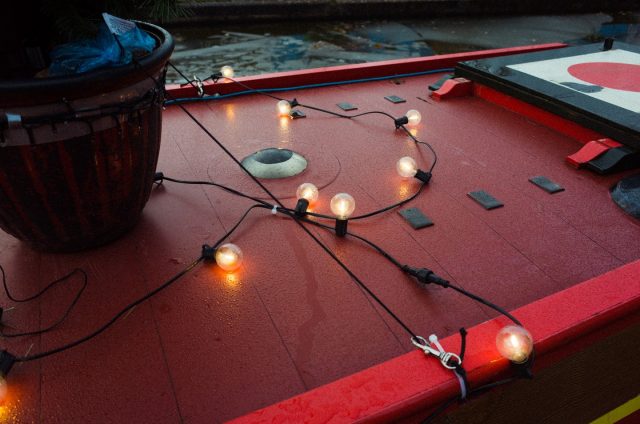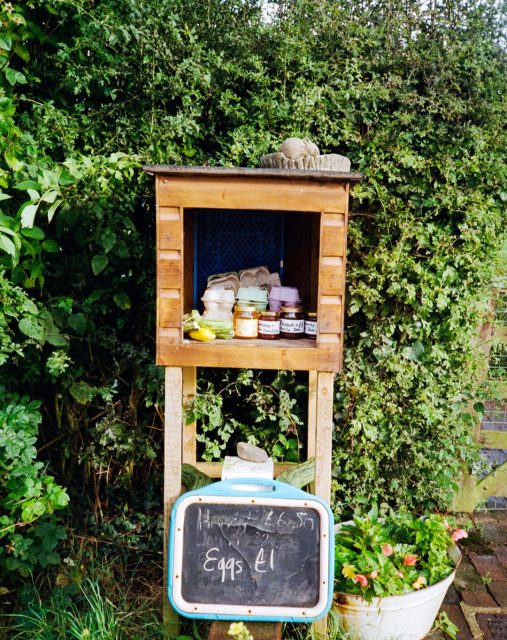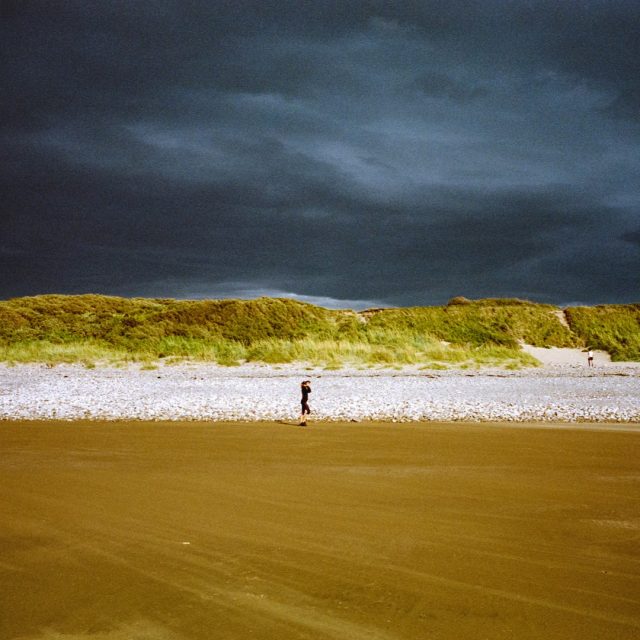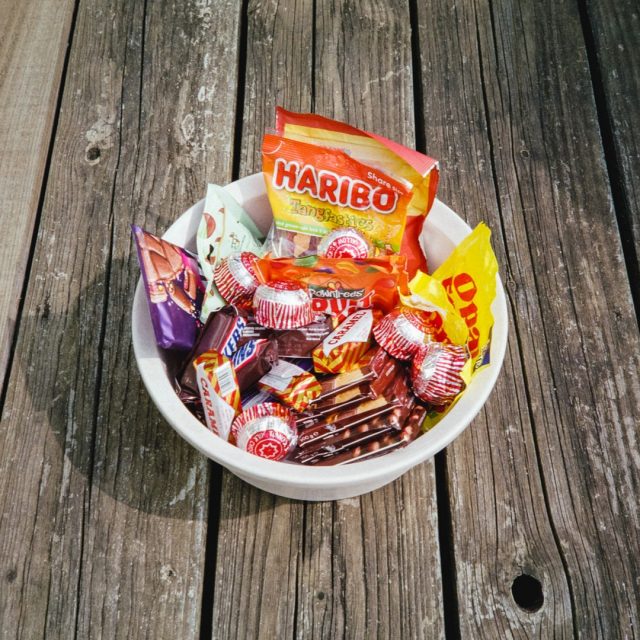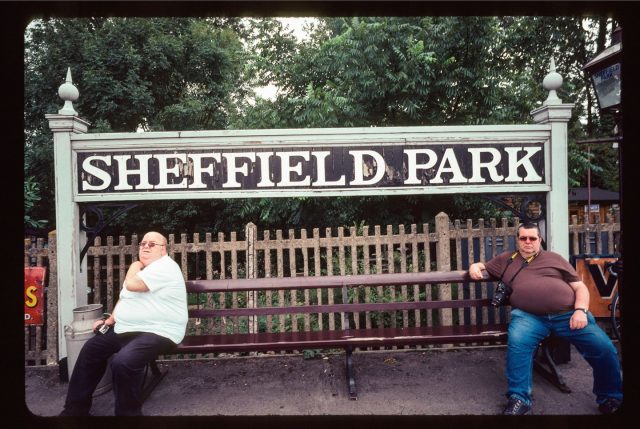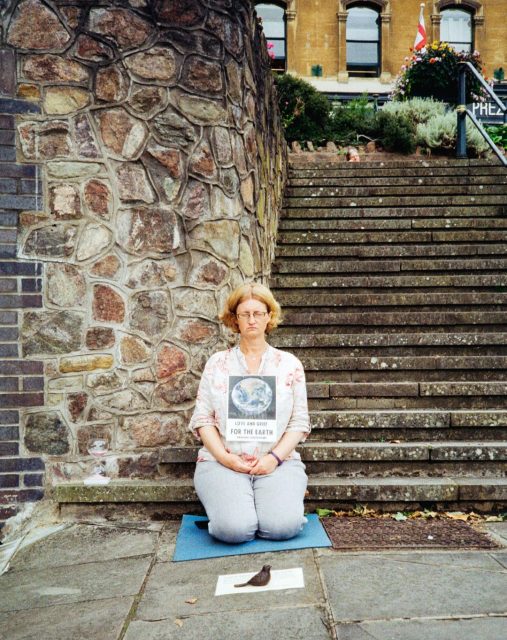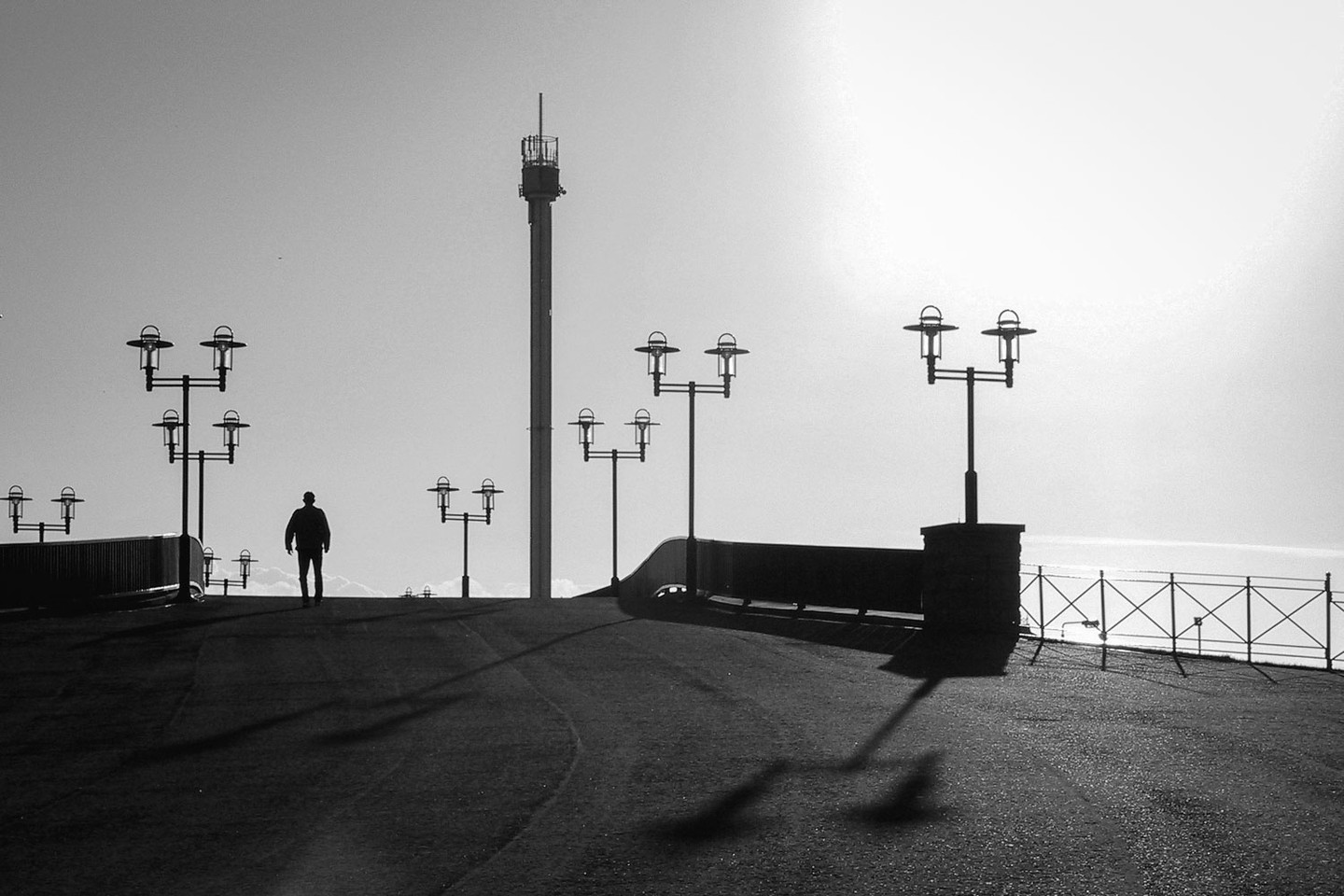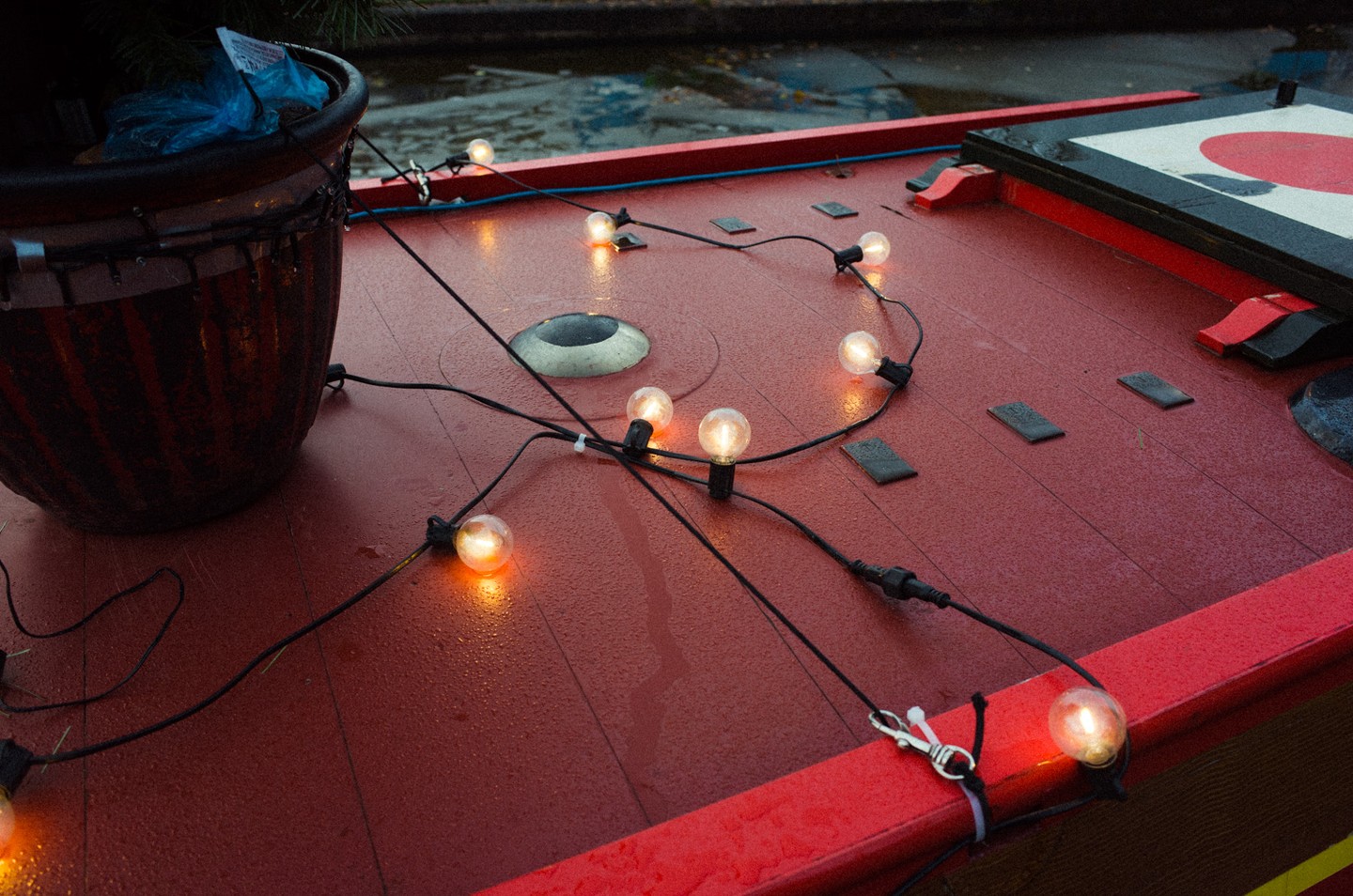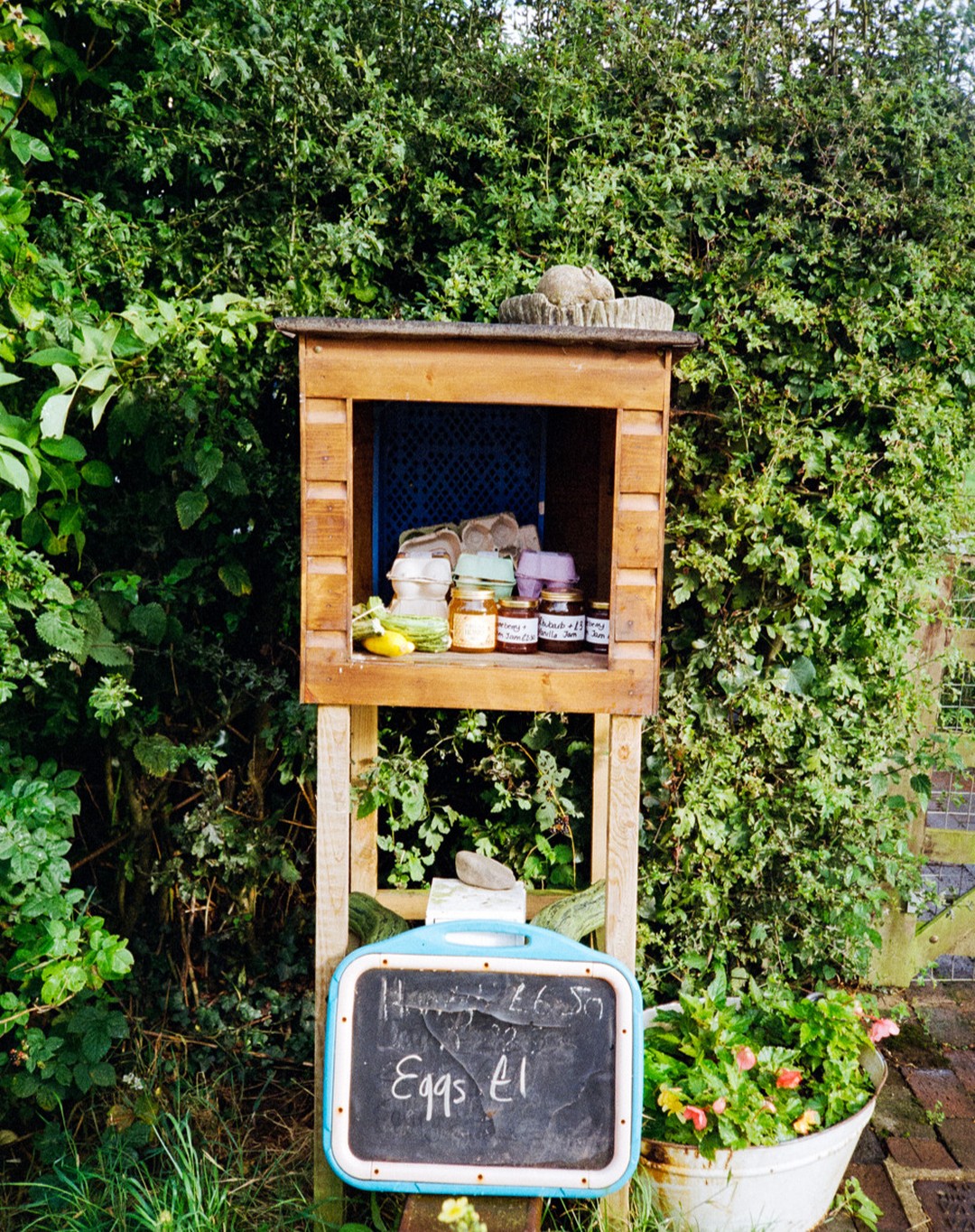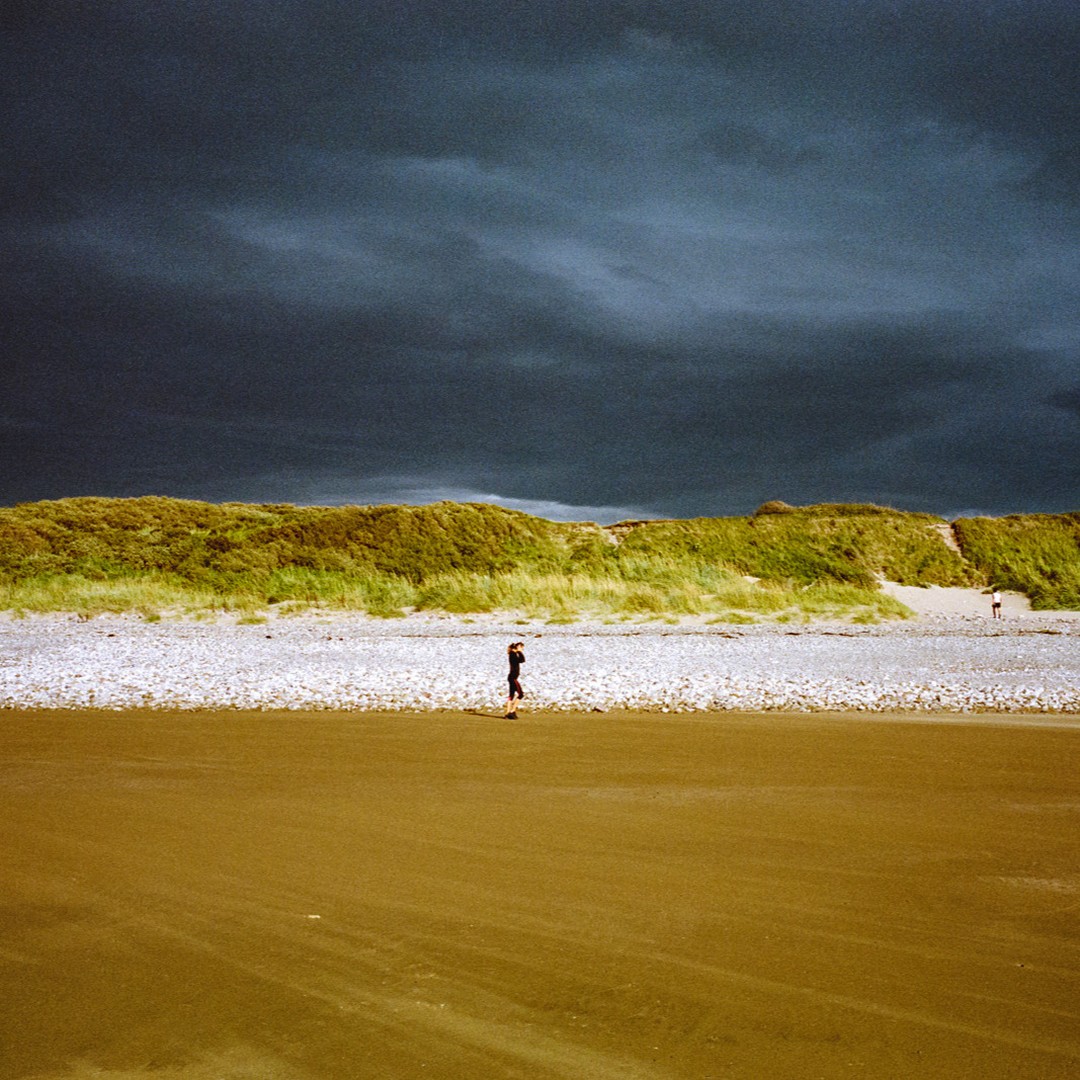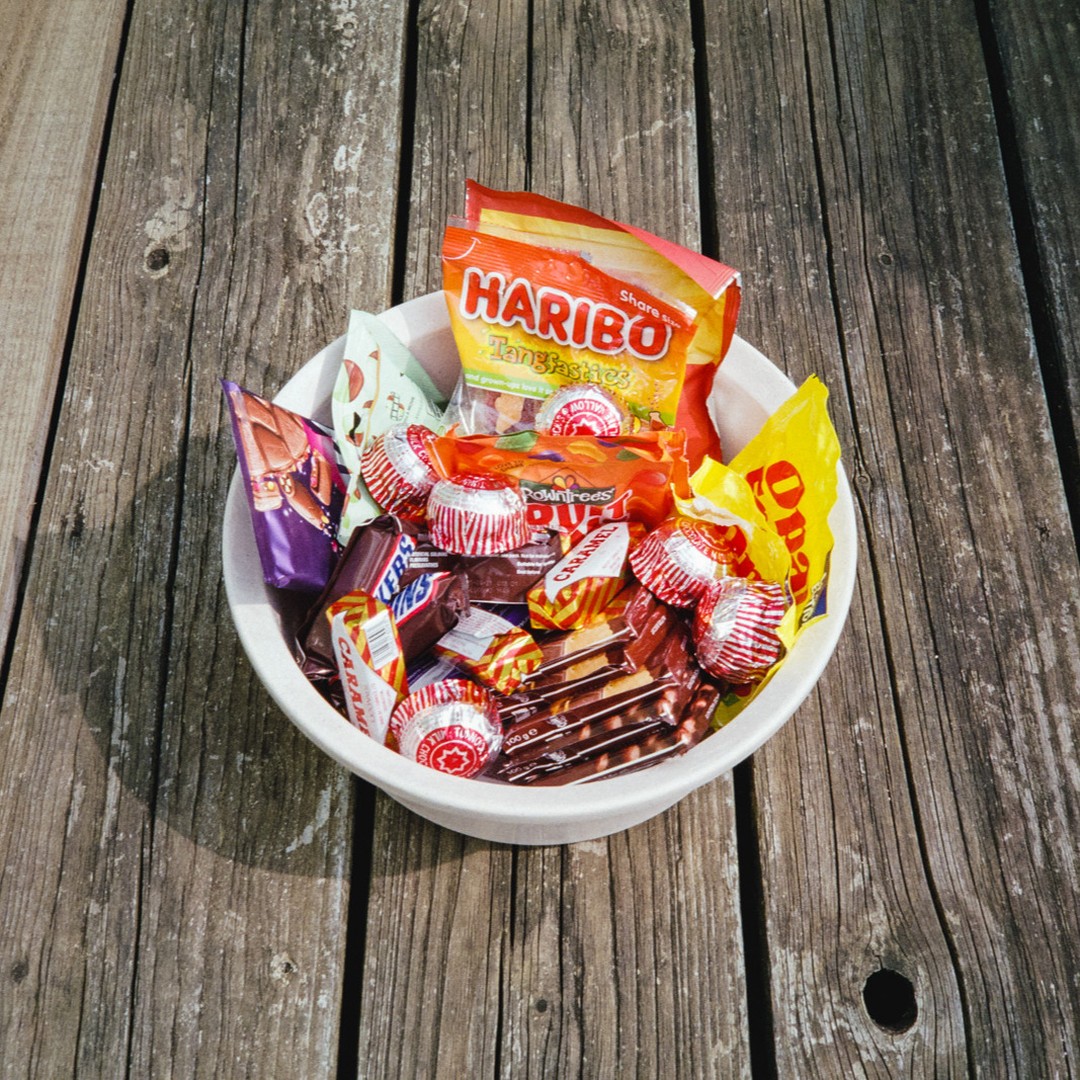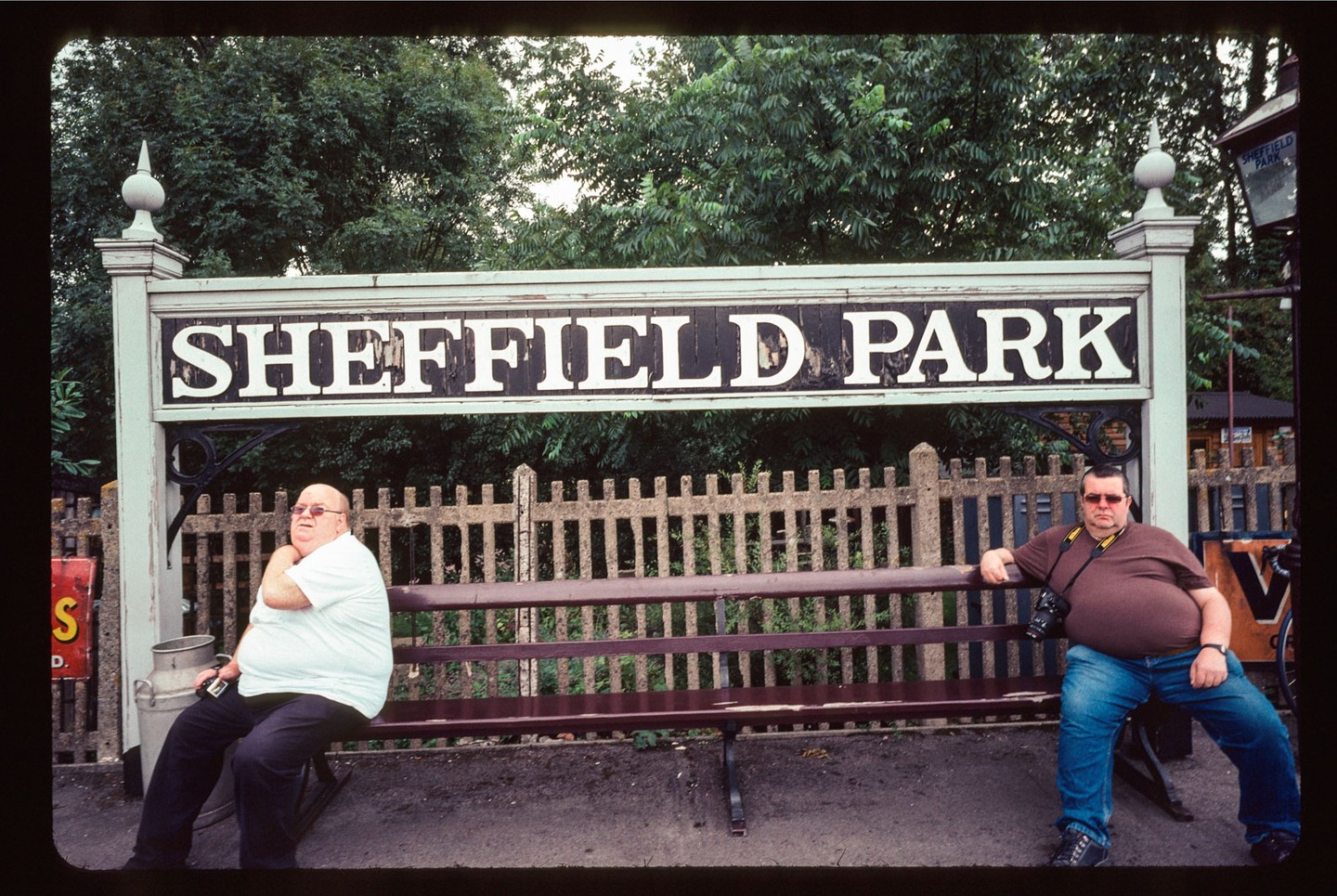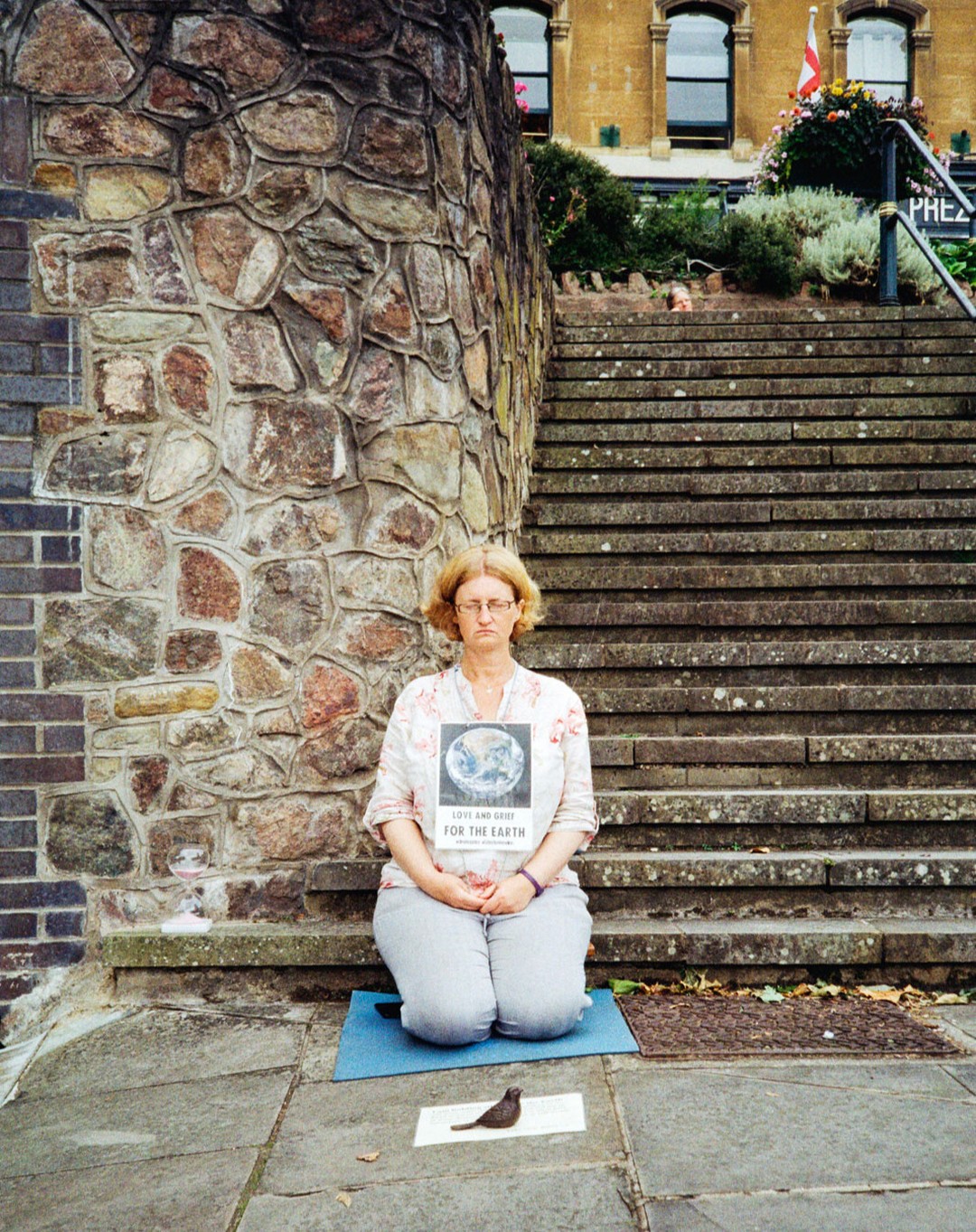How to Take Photos Like Saul Leiter
Saul Leiter, a pioneer in the world of colour photography, is renowned for his unique approach to capturing the everyday beauty of urban life. Critics celebrate his work for its abstract compositions, use of reflections, and painterly qualities. If you want to infuse your photography with Leiter’s distinctive style, here are some tips to help you get started and take photos like Saul Leiter.

Who Was Saul Leiter?
Saul Leiter (1923-2013) was an influential American photographer and painter best known for his pioneering work in colour photography. His career spanned several decades, and he played a significant role in the New York School of Photography—a mid-20th-century movement that included figures like Diane Arbus, Richard Avedon, and Robert Frank. Although critics did not widely recognise Leiter’s contributions until later in life, they now celebrate him for his innovative vision and ability to find beauty in everyday urban scenes (see Figure 1).
What Type of Photography Did Saul Leiter Shoot?
Saul Leiter’s style of picture-taking, characterised by abstract compositions (see Figure 2), reflective surfaces (see Figure 3), and a painterly approach to colour, distinguished him in the mid-20th-century New York School of Photography. His street photography of everyday urban scenes in New York City often focused on ordinary moments and finding beauty in the mundane. Additionally, Leiter was an early adopter of colour photography, bringing a subtle and sophisticated use of colour to his work, influenced by his background in painting. Without a doubt, Leiter’s intimate and candid shots, attention to detail, and ability to capture spontaneous moments have left a lasting impact on the world of photography, inspiring many to explore the artistic potential of colour and abstraction.


Key Points to Take Photos Like Saul Leiter
To capture photos reminiscent of Saul Leiter’s picture-taking style—adopt the key points below:
1. Embrace Colours
Use Muted and Pastel Tones: Unlike the vibrant and saturated hues often seen in modern digital photography, Leiter favoured a subdued colour palette when taking photos. So, look for subjects exhibiting muted and pastel colours (see Figure 4), such as old buildings, faded signage, and weathered surfaces and use them to create a calm and evocative mood in your photos.

Experiment with Film or Film-Like Filters: Consider using film or digital filters that mimic the look of film to achieve the soft, nostalgic quality characteristic of Leiter’s work. For example, choose vintage film stocks like Agfacolor or Kodachrome because people (including Saul Leiter) widely used them from the 1950s onward.
Adjust White Balance: Experiment with your camera’s white balance settings to achieve a warmer tone (see Figure 5) or a colder tone (see Figure 6) that enhances the muted/pastel effect.


2. Seek Out Reflections and Layers
Photograph Through Windows: Reflections in windows and glass surfaces were a hallmark of Leiter’s photography. Therefore, look for opportunities to capture scenes through windows, glass doors, and shop displays (see Figure 7), using the reflections to add depth and complexity to your images. Moreover, these surfaces can create layered compositions by reflecting scenes from different angles.

Use Mirrors and Other Reflective Surfaces: Mirrors, puddles, and other reflective surfaces can add intriguing layers and create abstract compositions. Thus, experiment with different angles to see how reflections can transform your photos (see Figure 8).
Play with Composition: Create a sense of depth and complexity by positioning yourself so that multiple layers of reflections and objects overlap in the frame. Additionally, use reflections in the foreground to frame the main subject in the background. This compositional technique adds depth and guides the viewer’s eye through the image.

3. Focus on Abstract Composition
Tight Cropping and Unusual Angles: Leiter often used tight crops and unconventional angles to create abstract compositions. So, don’t be afraid to cut off parts of your subject or frame your shot in ways that add a sense of mystery and abstraction.
Play with Light and Shadow: Attend to how light and shadow interact in your scene. For instance, use these elements to create striking contrasts and abstract shapes within your compositions (see Figure 9).

Shoot Through Objects: Shoot through fences, glass, or foliage to add layers and abstraction to your images. These obstructions can act as filters, altering the scene and adding complexity. Moreover, use foreground elements to partially obscure your subject to create a sense of depth and abstraction.
Embrace Minimalism: Incorporate negative space to create a minimalist and abstract composition (see Figure 10). This technique can draw attention to the subject, creating a sense of balance and simplicity. Furthermore, isolate your subjects against plain backgrounds to emphasise their form and colour, turning them into abstract elements.

4. Capture the Everyday
Find Beauty in the Mundane: Leiter had a talent for finding beauty in ordinary moments and scenes (see Figure 11). To do so, focus on ordinary subjects like people walking, street vendors, or parked cars. These everyday elements can become fascinating when captured thoughtfully. Alternatively, notice the textures and patterns in mundane objects and scenes, such as peeling paint, cobblestone streets, or the arrangement of items in a shop window.

Focus on Quiet Moments: Instead of dramatic or action-packed scenes, seek out quiet, thoughtful moments (e.g., when individuals engage in self-reflection). These can be more evocative and reveal the poetry of daily life (see Figures 13 & 14).


5. Create Mood and Atmosphere
Shoot in Different Weather Conditions: Leiter often photographed in rain, snow, and fog, adding a rich texture and mood to his images. Thus, embrace the bad weather as an opportunity to capture unique and atmospheric photos.
Use Soft Focus and Blur: Introduce a soft focus or blur to your images to give them an impressionistic or painterly quality (see Figure 15). This effect can be accomplished in-camera or post-processing, but the key is to apply it subtly to enhance the mood without dominating the image.

6. Practice Patience and Observation
Take Your Time: Leiter’s work is a testament to the power of patience and observation. So, take the time to see your environment and wait for the right moment to capture the perfect shot.
Be Discreet: Sometimes, the best photos come from being unnoticed. Therefore, strive to blend into your surroundings and capture candid moments without attracting attention.
7. Integrate Painterly Techniques
Think Like a Painter: With a background in painting, Leiter often approached photography with a painter’s eye. Thus, consider the overall arrangement, balance, and harmony of colours and shapes within your frame (see Figure 16).

Use Negative Space: Embrace empty spaces in your composition without hesitation. Negative space can add a sense of balance and draw attention to your subject.
Summary – How to Take Photos Like Saul Leiter
Here’s a summarised version of the key points above to help you take photos like Saul Leiter. They capture the essence of his approach to photography:
- Incorporate reflections from windows, mirrors, and puddles to create depth and complexity in your images. In short, look for opportunities to shoot through glass or other transparent surfaces.
- Find beauty in ordinary, mundane scenes. Document everyday urban life, paying attention to small details and candid moments.
- Use a colour palette of muted and pastel tones to evoke a nostalgic and painterly feel. Moreover, experiment with desaturation and colour grading in post-processing to achieve this look.
- Use tight cropping, unconventional framing, and focus on shapes, patterns, and textures to create abstract compositions. Additionally, play with light and shadow to emphasise form over detail.
- Shoot in various weather conditions, such as rain, fog, and snow, to add texture and mood. These elements can enhance the atmosphere and create a unique visual narrative.
Conclusion
Overall, capturing photographs in the style of Saul Leiter involves more than just mimicking his techniques; it’s about adopting a mindset of seeing beauty in the mundane, embracing abstraction, and creating evocative, impressionistic images. By experimenting with colour, reflections, and unique compositions, you can infuse your photography with the same poetic quality that made Leiter’s work timeless and influential. Happy shooting!
Photos That Capture the Everyday Beauty of Urban Life
Lastly, here are more examples of the everyday beauty of urban life I’ve captured reminiscent of Saul Leiter.











Did you like this article titled: “How to Take Photos Like Saul Leiter?” If so, please spread the word.
Thank you!
Additionally, check out my other “How-To” guides.


